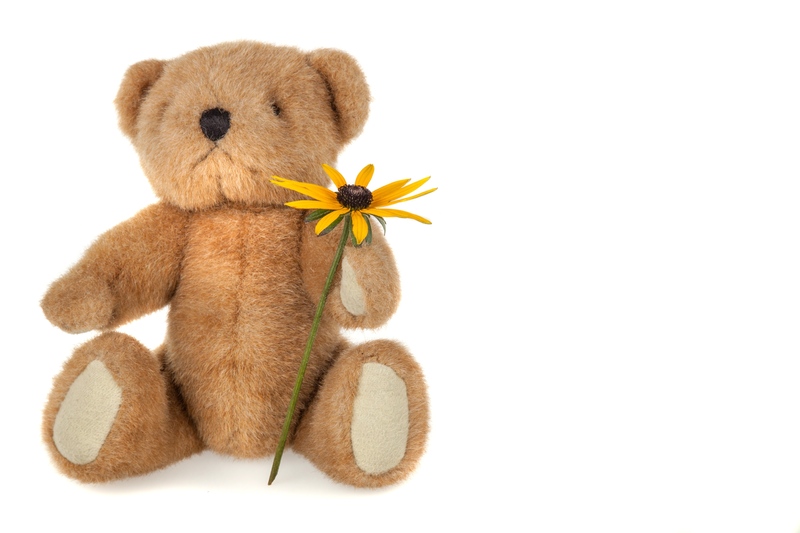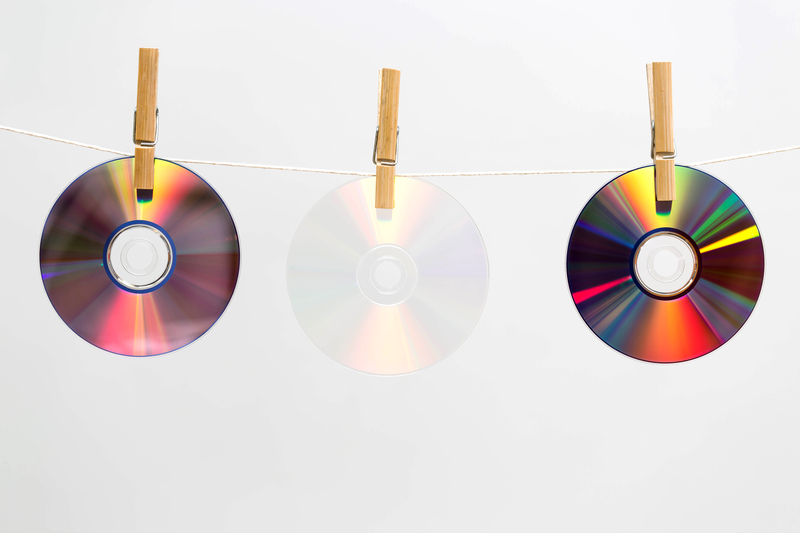Revamp Your Space by Transforming Trash into Unique Art Pieces
Looking for an eco-friendly way to refresh your home decor? Discover how transforming trash into unique art pieces can revitalize your space, spark creativity, and support environmental sustainability. Read on for inspiring ideas, practical tips, and expert guidance on how to turn everyday waste into extraordinary DIY masterpieces!

Why Turn Trash into Art? The Beauty of Upcycling
In a world grappling with overwhelming waste, the concept of repurposing trash into art not only helps reduce landfill overflow but also cultivates creativity and uniqueness in our living environments. Upcycling trash allows you to infuse your home with character, unleash your inner artist, and contribute to a greener planet.
- Eco-friendly: Reduces waste and environmental impact.
- Personalized: Creates one-of-a-kind decor tailored to your taste.
- Cost-effective: Saves money by reusing materials you already own.
- Therapeutic: The creative process can be both relaxing and fulfilling.
Reduce, Reuse, and Reinvent
When you repurpose household trash into art, you actively participate in the Reduce, Reuse, Recycle movement. Items such as glass jars, plastic bottles, old newspapers, and even broken furniture can be given new life as innovative art pieces that stun visitors and express your personality.
Getting Started: Sourcing and Preparing Trash for Art Projects
What Kind of Trash Can You Turn Into Art?
Almost any item destined for the recycling bin or landfill can be upcycled. Here are some common materials perfect for creating unique art from trash:
- Plastic bottles and containers
- Glass jars and bottles
- Cardboard boxes and packaging
- Aluminum cans
- Old magazines, newspapers, or books
- Broken ceramics or tiles
- Discarded wood
- Scrap metal
- Clothing and fabric scraps
- Worn-out electronics
Cleaning and Sorting
Properly cleaning and organizing your trash materials is the first step toward a successful project. Thoroughly wash items, remove labels, and separate pieces by material, color, and potential use. This preparation stage will make your creative process smoother and more enjoyable.
Creative Ideas: Transforming Trash into Artistic Home Decor
Ready to create some magic? Here are inspiring ways to revamp your space with upcycled art, catering to every style and skill level.
1. Bottle Cap Mosaics
Gather plastic or metal bottle caps in various colors. Glue them onto a wooden frame, cardboard sheet, or a wall section to create geometric patterns, portraits, or abstract designs. These vibrant mosaics make a bold statement in kitchens, patios, or kids' rooms.
2. Newspaper Wall Art
Old newspapers can be rolled, folded, or cut into intricate shapes. Craft impressive wall hangings or 3D sculptures. To add extra durability, use a mixture of glue and water to papier-mache your designs. Finish with paint or varnish for a polished look.
3. Glass Jar Lanterns
With a bit of wire and creative painting, glass jars become enchanting lanterns. Add tea lights or LED candles for a cozy glow. Hang them along the porch, balcony, or as a centerpiece to your dining table.
4. Plastic Bottle Planters
Cut plastic bottles in half, decorate them with paint or fabric scraps, and plant herbs or succulents. Hang them on walls or place them in window sills for a fresh and sustainable green corner in your home.
5. Collage Art with Old Magazines
Browse through outdated magazines and cut out interesting images, words, or textures. Arrange and glue them onto cardboard or canvas for stunning collage art. Arrange a gallery wall using multiple collages for an eye-catching focal point.
6. Upcycled Furniture
- Repurpose wooden pallets into bookshelves, tables, or benches.
- Transform old drawers into quirky shelves or shadow boxes.
- Restore broken chairs with a new coat of paint, cushions, or fabric.
The possibilities for upcycled furniture art are limited only by your imagination.
7. Metal Sculpture from Cans and Scrap
Empty soda or food cans, bits of wire, screws, nuts, and other metal scraps can be twisted and secured into abstract sculptures, garden decor, or even functional items like hooks or lamps.
8. Fabric and Fashion Art
Leftover fabric pieces and old clothes can be repurposed into colorful wall hangings, patchwork pillow covers, or even as the canvas for textile art. Experiment with textures, dyes, and embroidery for extra flair.
Step-by-Step Guide: Transforming Trash Into Art
Step 1: Gather Inspiration and Materials
Start by exploring online platforms like Pinterest, Instagram, or eco-art blogs to find inspiration. Once you have a vision, make a list of required materials and collect suitable trash items.
Step 2: Plan Your Project
Sketch your design and decide on the colors, layout, and techniques you'd like to use. Planning ahead helps prevent mistakes and ensures a cohesive end result.
Step 3: Prepare Your Trash Materials
- Wash all items and let them dry completely.
- Peel off labels and adhesives.
- Cut or sand sharp edges or rough surfaces.
- Organize by type, size, or color for easier assembly.
Step 4: Assemble and Create
Using non-toxic glue, wire, tape, or screws, assemble your art piece according to your design. Take your time for detailed work, especially when working with delicate materials.
Step 5: Finishing Touches
Add paint, varnish, or sealant as needed to increase durability. Consider framing your art or adding hangers for easy display.
Tips for Success: Transforming Trash into Artistic Home Decor
- Start Small: Begin with manageable projects before tackling large installations.
- Use the Right Tools: Invest in quality glue, cutters, and safety gear.
- Mix Materials Creatively: Experiment with combining different textures and colors.
- Think Functionality: Create pieces that double as storage, lighting, or furniture.
- Stay Safe: Wear gloves, masks, and goggles when cutting or sanding certain materials.
- Involve the Family: Transforming trash into art is a wonderful project for families or kids. Teach the importance of recycling and creativity.
- Display Proudly: Place your art in visible areas--living room, entrance, or garden to inspire conversation and encourage sustainable practices.
Expert Insights: Psychological and Environmental Benefits
Embracing Creativity and Mindfulness
The process of revamping your space by crafting unique art from trash is not just about aesthetics. It's an exercise in mindfulness, problem-solving, and self-expression. Studies have shown that creative activities can:
- Lower stress levels
- Increase focus and patience
- Enhance mood and self-esteem
- Encourage open-mindedness and resourcefulness
Environmental Impact
Every unique art piece created from recycled materials is one less item in the landfill. Over time, this collective effort can significantly reduce environmental pollution, lower demand for new resources, and inspire others to consider upcycled alternatives.
Global Inspiration: Artists Transforming Trash Into Masterpieces
All over the world, visionary creators are making headlines by turning rubbish into astonishing works of art:
- Bordalo II - This Portuguese artist is famous for giant animal sculptures made from discarded plastics and metals.
- Vik Muniz - His monumental portraits, crafted from garbage and showcased in the documentary "Waste Land," highlight both creativity and the plight of landfill pickers.
- Jane Perkins - A master of detailed portraits using buttons, beads, toys, and household trash.
Take a cue from these pioneers--your home could be next in line for a transformative, eco-inspired makeover.

Frequently Asked Questions (FAQ): Revamping Your Space with Trash Art
- Q: What are the easiest projects for beginners?
A: Simple projects like decorating jars, bottle planters, or magazine collages are perfect for starting out. - Q: How do I make sure my upcycled art is safe for indoor use?
A: Clean all materials thoroughly and use non-toxic paints, adhesives, or seals to avoid harmful emissions. - Q: Where can I find more trash for large-scale projects?
A: Check with local recycling centers, community swaps, yard sales, or even your neighbors. Social media groups dedicated to upcycling are great resources, too. - Q: How do I maintain and clean my trash art pieces?
A: Dust regularly and avoid water damage. For delicate pieces, use a soft cloth or compressed air.
Conclusion: Give New Life to Trash and Transform Your Space
In summary, revamping your space by transforming trash into unique art pieces is a rewarding journey--creatively, personally, and environmentally. Not only do you reduce your carbon footprint, but you also fill your home with one-of-a-kind decor that tells a powerful story.
So, open your imagination, gather your unused materials, and embark on an upcycling adventure that will forever change the way you see both waste and art.
Ready to start your own upcycled masterpiece? Share your creations and inspire others to make sustainable, stylish, and smart art out of everyday trash!